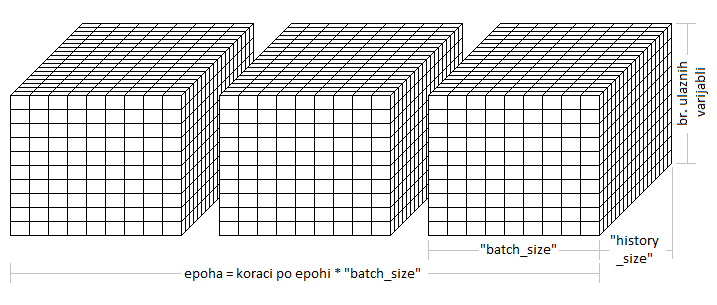 |
Nikica Perić
|
|

University of Zagreb Faculty of Electrical Engineering and Computing
HrvatskihrEnglishen
 |
Nikica Perić
|
|
Buildings are one of the largest consumers of energy in the world and at the same time a space for significant energy savings. Learning user behavior is a prerequisite for predicting consumption and possible optimization of air conditioning of rooms and the entire building adapted to user behavior. As part of the thesis, it was created an IoT device that sets the desired room temperature and models user behavior at the level of one year, at different times of the day, weather conditions, seasons and working and non-working days. Model learning was conducted on a pre-available dataset containing external and internal weather conditions. Outdoor weather conditions consist of temperature, humidity and direct, diffuse and global solar radiation. The internal conditions refer to one of the offices of the Faculty of Electrical Engineering and Computing, and the air temperature, the mode of operation of the fan coil controller and the set temperatures in the past are available. The model was learned using a neural network with Long Short Term Memory (LSTM), which in recent years has been the most commonly used deep learning network for predicting time series. The learned model is implemented as a Python script on a Raspberry Pi microcomputer so that it provides real-time predicted user behavior 24 and 36 hours in advance.

Keywords: energy saving, buildings, temperature setpoint, Neural network, RNN, LSTM, Deep learning, Internet of Things, Raspberry Pi, mathematical model, Python, Tensorflow